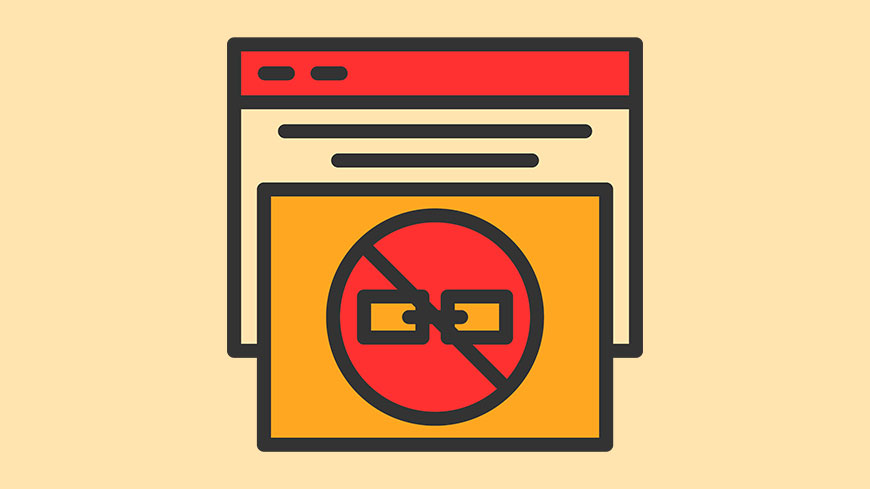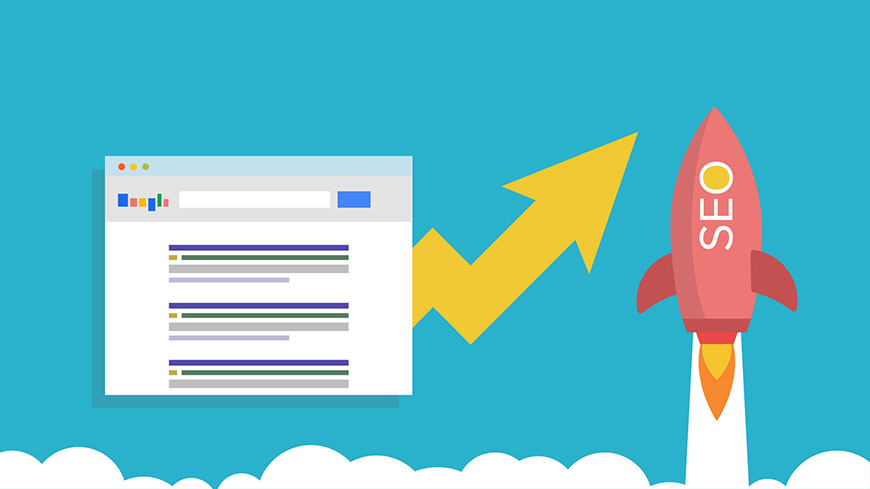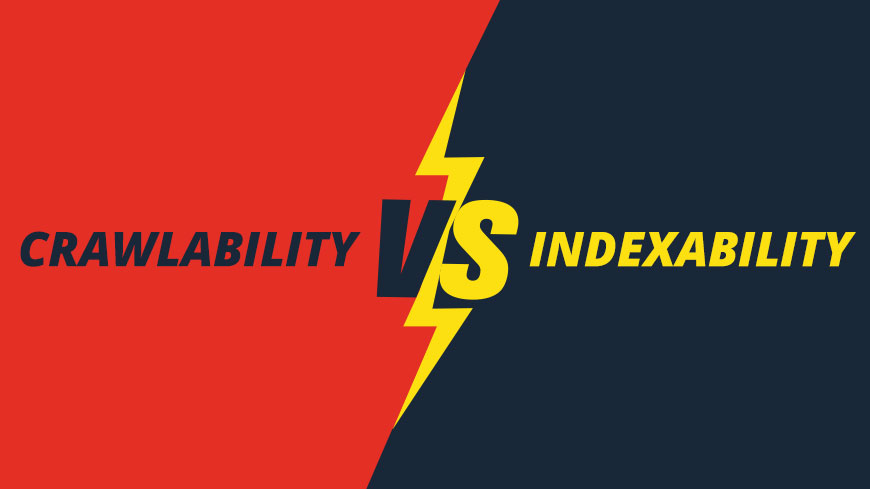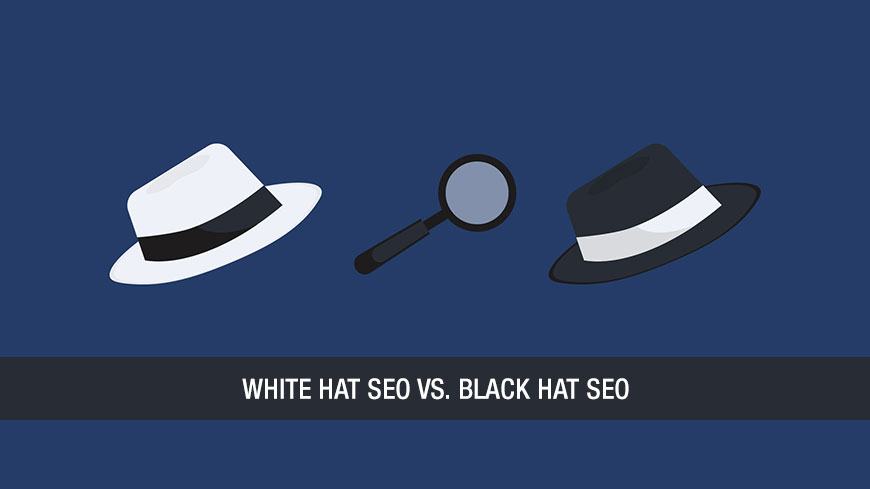Should You Use Nofollow Links For SEO September 23, 2023 by Garenne Bigby

A Nofollow link is an HTML attribute that tells search engines not to follow the link to its destination. This means that search engines will not consider the linked page a factor in their rankings. An example of a Nofollow link is when a blog author links to a sponsored post on their site but wants to clarify to search engines that they are not endorsing the product. By adding the Nofollow attribute to the link, the search engine will not give the linked site any SEO credit for the link.
Read moreWhat is E-A-T and Why is it Important for SEO? September 5, 2019 by Garenne Bigby

In an ever-evolving world, technology is rapidly advancing, and competition is becoming fiercer than it has ever been. Producing relevant content that shows up in top searches becomes harder and harder. Furthermore, a recent broad core algorithm update has been released and implemented by Google that ensures relevant and highly ranked content is being more readily accessible for users.
Read moreTop 30 On-Page SEO Tips for Search Visibility August 13, 2019 by Garenne Bigby

When you’re trying to optimize your website for the search engines, you might feel overwhelmed at the amount of advice there is out there regarding on-page and off-page SEO. Chances are, you already have a few keywords in mind that you want your website to rank for, so what needs to be done to make sure you show up on the first page of the search results? Fortunately, ranking for the keywords you have in mind is easier than you might think. It takes a bit of hard work and effort, but once you understand the basics, you’ll be able to ensure greater search visibility.
Let’s start with exactly what on-page SEO is. Essentially, on-page SEO refers to the practice of optimizing individual web pages with the goal of ensuring those web pages rank higher in search engines. While off-page SEO refers to activities and/or things you do outside of your website, such as links and other external signals, on-page SEO refers to activities and/or things you do inside your website, such as changing the content or HTML code of a page.
Read moreCrawlability vs. Indexability: The Affect on SERP Rankings July 17, 2019 by Garenne Bigby

Nowadays, businesses are much more aware of the vital role SEO plays in helping them be found online. However, a number of factors can define how SEO-friendly any given website will be for web crawlers, and for a lot of people, all of these factors can get confusing and overwhelming. In an effort to break things down, we’ll look at two important factors that are often overlooked: crawlability and indexability. So what is crawlability? What about indexability? Let’s start by reviewing how search engines actually discover pages on the web, in order to gain a better understanding of these two terms.
Read moreWhite Hat SEO vs. Black Hat SEO July 3, 2019 by Garenne Bigby

Search engine optimization is more important than ever before. Why? Because we live in the digital age where every business has a plethora of competition on the web. Searchers can find a huge range of results when they’re looking for any given product or service. That’s why it’s vital to make sure you’re standing out and ranking high for keywords relating to your products and/or services. When you’re following common best practices for search engine optimization, you’re able to boost your search engine rankings while also achieving various benefits in terms of usability. For instance, your website will load quicker, be easier to navigate, and ultimately, convert more prospects into customers.
So what kind of SEO methods are you using? No, we’re not talking about on-page or off-page, we’re talking about black hat SEO vs. white hat SEO. If you’re not familiar with the terms, you might be using techniques that won’t necessarily set you up for great results in the future. Knowing the difference between black hat SEO and white hat SEO is essential to ensure you’re meeting your long-term goals when it comes to ranking on the search engines. Let’s take a look at the meaning of each term.
Read moreCreate Visual Sitemaps
Create, edit, customize, and share visual sitemaps integrated with Google Analytics for easy discovery, planning, and collaboration.
Popular Tags
Search Engine Optimization SEO Accessibility Testing Create Sitemaps Sitemaps UX User Experience Sitemap Generator Content Audit Visual Sitemap GeneratorGet Started with DYNO Mapper
Join thousands of professionals using the most advanced visual sitemap tool to simplify discovery, IA, and content planning.
👉 Start Your Free Trial — No credit card required.



